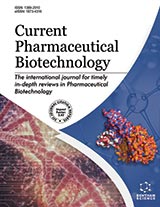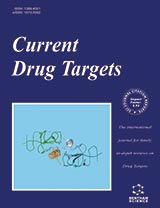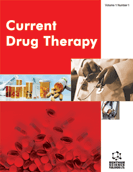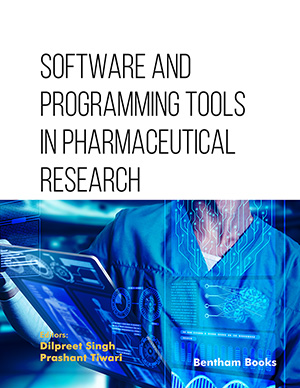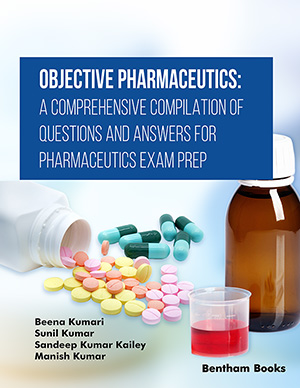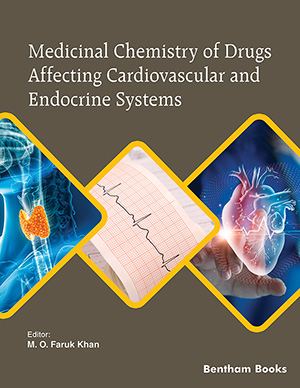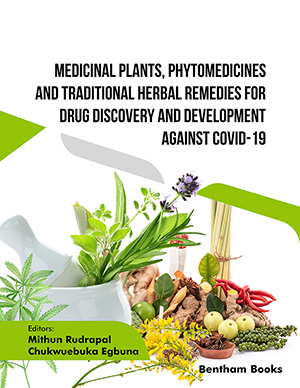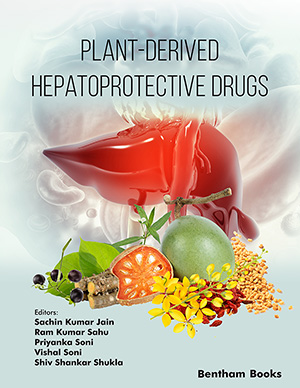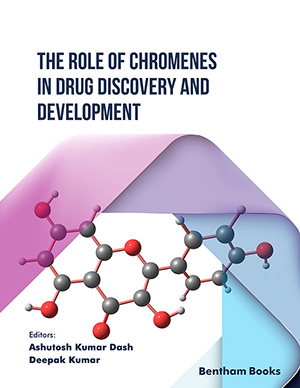Abstract
Natural products have been found to be useful in the treatment of several diseases across the ages. In this article, we review the use of natural products, obtained from dietary sources, as lead compounds in developing novel therapeutic agents. These compounds have shown tremendous promise in the prevention and as well as treatment of a variety of chronic ailments. In addition, to being patentable and biocompatible, these compounds are a rich source of novel scaffolds to invigorate the pipelines of the pharmaceutical industry. In this communication, we also focus on studies which show how natural products have proved useful as lead compounds in virtual screening and structure-based drug design programs. Natural dietary constituents, such as resveratrol, curcumin and caffeine as well as other compounds, are discussed to illustrate this approach.
Keywords: Caffeine, chemoprevention, curcumin, genistein, istradefylline, resveratrol, lead compounds, biocompatible, novel scaffolds, virtual screening, cancer, phytochemicals
Current Pharmaceutical Biotechnology
Title: Natural Products of Dietary Origin as Lead Compounds in Virtual Screening and Drug Design
Volume: 13 Issue: 1
Author(s): Werner J. Geldenhuys, Anupam Bishayee, Altaf S. Darvesh and Richard T. Carroll
Affiliation:
Keywords: Caffeine, chemoprevention, curcumin, genistein, istradefylline, resveratrol, lead compounds, biocompatible, novel scaffolds, virtual screening, cancer, phytochemicals
Abstract: Natural products have been found to be useful in the treatment of several diseases across the ages. In this article, we review the use of natural products, obtained from dietary sources, as lead compounds in developing novel therapeutic agents. These compounds have shown tremendous promise in the prevention and as well as treatment of a variety of chronic ailments. In addition, to being patentable and biocompatible, these compounds are a rich source of novel scaffolds to invigorate the pipelines of the pharmaceutical industry. In this communication, we also focus on studies which show how natural products have proved useful as lead compounds in virtual screening and structure-based drug design programs. Natural dietary constituents, such as resveratrol, curcumin and caffeine as well as other compounds, are discussed to illustrate this approach.
Export Options
About this article
Cite this article as:
J. Geldenhuys Werner, Bishayee Anupam, S. Darvesh Altaf and T. Carroll Richard, Natural Products of Dietary Origin as Lead Compounds in Virtual Screening and Drug Design, Current Pharmaceutical Biotechnology 2012; 13 (1) . https://dx.doi.org/10.2174/138920112798868548
| DOI https://dx.doi.org/10.2174/138920112798868548 |
Print ISSN 1389-2010 |
| Publisher Name Bentham Science Publisher |
Online ISSN 1873-4316 |
Call for Papers in Thematic Issues
Artificial Intelligence in Bioinformatics
Bioinformatics is an interdisciplinary field that analyzes and explores biological data. This field combines biology and information system. Artificial Intelligence (AI) has attracted great attention as it tries to replicate human intelligence. It has become common technology for analyzing and solving complex data and problems and encompasses sub-fields of machine ...read more
Latest Advancements in Biotherapeutics
The scope of this thematic issue is to comprehensively explore the rapidly evolving landscape of biotherapeutics, emphasizing breakthroughs in precision medicine. Encompassing diverse therapeutic modalities, the issue will delve into the latest developments in monoclonal antibodies, CRISPR/Cas gene editing, CAR-T cell therapies, and innovative drug delivery systems, such as nanoparticle-based ...read more
 32
32
- Author Guidelines
- Graphical Abstracts
- Fabricating and Stating False Information
- Research Misconduct
- Post Publication Discussions and Corrections
- Publishing Ethics and Rectitude
- Increase Visibility of Your Article
- Archiving Policies
- Peer Review Workflow
- Order Your Article Before Print
- Promote Your Article
- Manuscript Transfer Facility
- Editorial Policies
- Allegations from Whistleblowers
Related Articles
-
Cardiovascular Events: A Challenge in JAK2-positive Myeloproliferative Neoplasms
Cardiovascular & Hematological Disorders-Drug Targets Anticoagulant Therapy in Pregnant Patients with Metabolic Syndrome: A Review
Current Pharmaceutical Biotechnology Auraptene: A Natural Biologically Active Compound with Multiple Targets
Current Drug Targets Health Outcomes Associated with Hormone Therapy in Australian Women
Current Drug Safety Pharmacogenomics of Cardiovascular Complications in Diabetes and Obesity
Recent Patents on Biotechnology Metabolic Effects of a Diet with Inulin-Enriched Pasta in Healthy Young Volunteers
Current Pharmaceutical Design Heme Oxygenase-1: A Potential Antihypertensive Target?
Current Hypertension Reviews How does Chronic Atrial Fibrillation Influence Mortality in the Modern Treatment Era?
Current Cardiology Reviews Hypertriglyceridemia - Common Causes, Prevention and treatment Strategies
Current Cardiology Reviews Human Sirtuins: An Overview of an Emerging Drug Target in Age-Related Diseases and Cancer
Current Drug Targets Dietary Approaches and Alternative Therapies for Polycystic Ovary Syndrome
Current Nutrition & Food Science Pleiotropic Effects of Fenofibrate
Current Pharmaceutical Design The Kidney and the Sympathetic System: A Short Review
Current Clinical Pharmacology Mexiletine Metabolites: A Review
Current Medicinal Chemistry Substance-Related Disorders and Somatic Symptoms: How Should Clinicians Understand the Associations?
Current Drug Abuse Reviews Novel Agents to Manage Dyslipidemias and Impact Atherosclerosis
Cardiovascular & Hematological Disorders-Drug Targets A New Practice: Study on the Molecular Mechanism of Traditional Chinese Medicine by Computational Pharmacology Methods: Part 1: Pharmacokinetic Modeling and Chemical Space Distribution
Letters in Drug Design & Discovery The Role of Diabetes Mellitus in Diseases of the Gallbladder and Biliary Tract
Current Diabetes Reviews Cardiac Aging and Insulin Resistance: Could Insulin/Insulin-Like Growth Factor (IGF) Signaling be used as a Therapeutic Target?
Current Pharmaceutical Design Therapeutic Implications of Immune-endocrine Interactions in the Critically Ill Patients
Current Drug Targets - Immune, Endocrine & Metabolic Disorders


